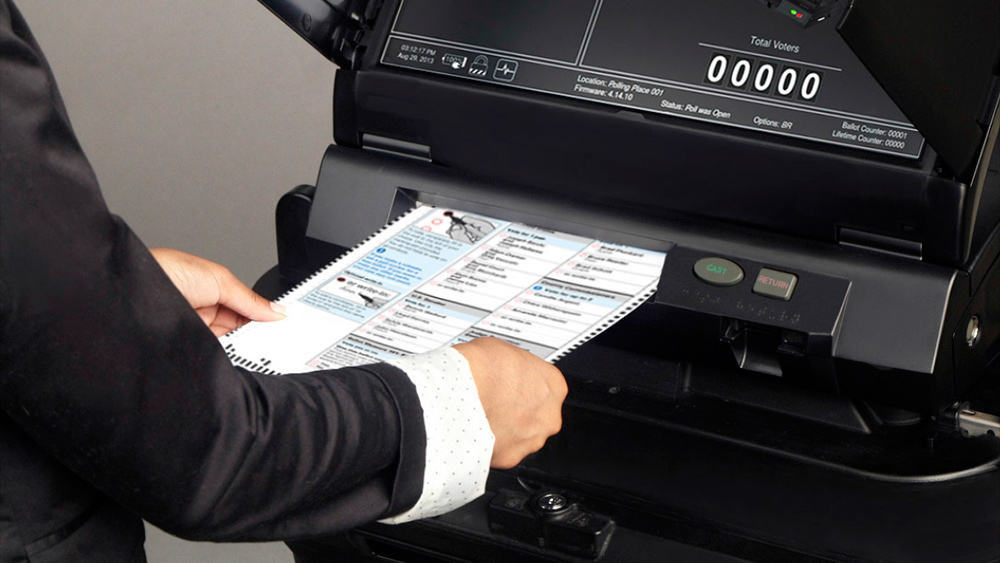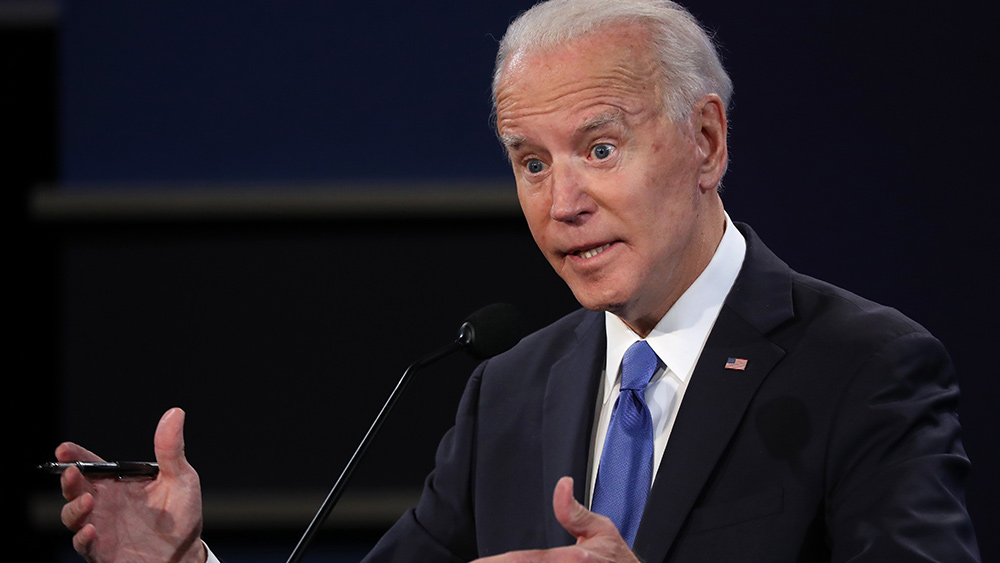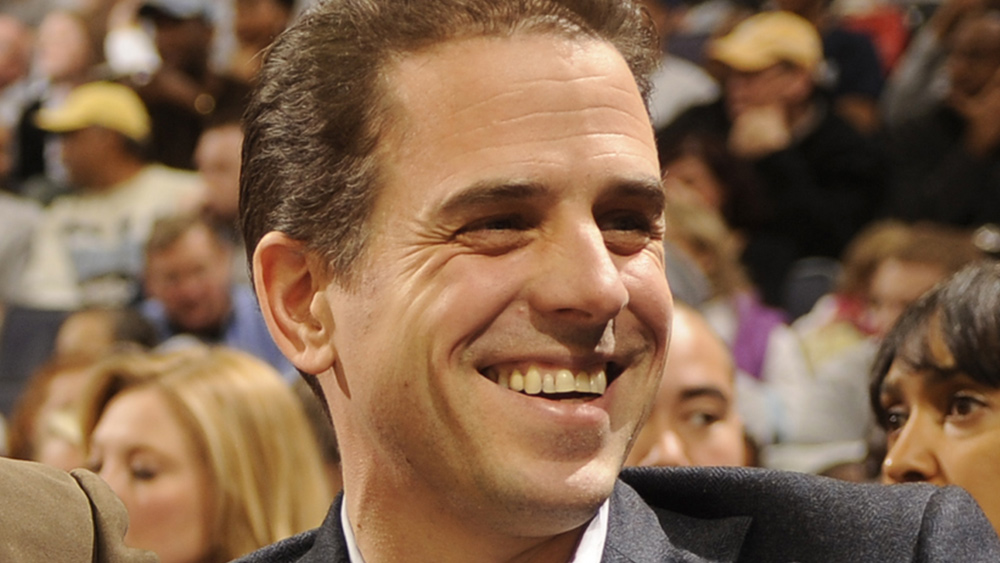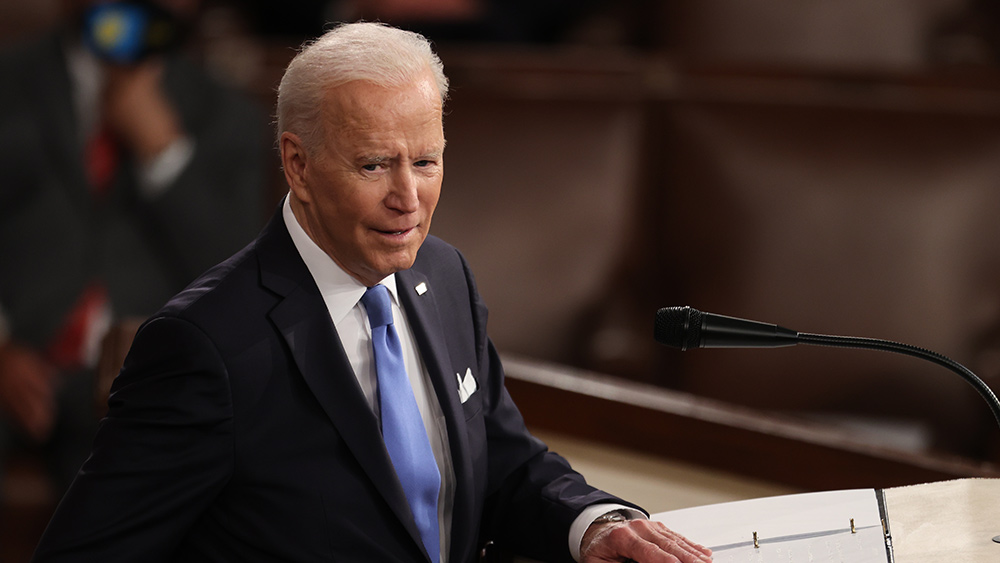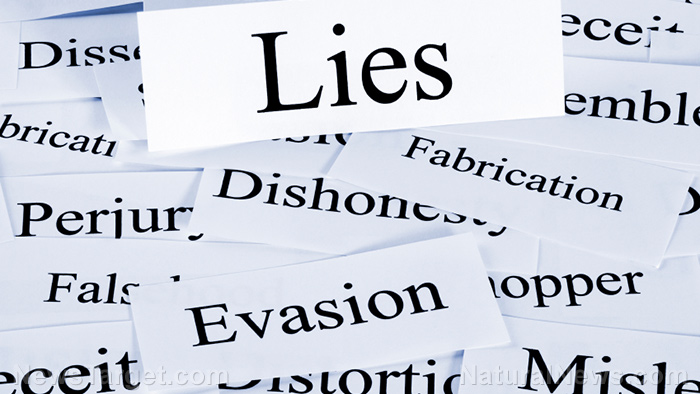Sears Death Spiral Accelerates: Vendors Halt Shipments As Cost Of Default Insurance Soars
08/25/2017 / By Thomas Dishaw

When we commented back in March on the unexpected “going concern” notice in Sears’ 10-K which sent the stock crashing, we pointed out the immediate spin provided by Eddie Lampert’s distressed retailer which promised that its comeback plan may help alleviate the concerns, “satisfying our estimated liquidity needs 12 months from the issuance of the financial statements”, to which however we added the footnote that “the question is what happens when vendors start demanding cash on delivery as concerns about SHLD.’s liquidity concerns continue to grow.”
Shortly after, we wrote “Sears Enters Death Spiral: Vendors Halt Shipments, Insurers Bail” in which we described that as Sears financial condition deteriorated, vendors were boosting their “defensive measures”, such as reducing shipments and asking for better payment terms, to protect against the risk of nonpayment as the company warned about its finances.
The managing director of a Bangladesh-based textile firm said his company is using only a handful of its production lines to manufacture products for Sears’ 2017 holiday sales. Last year, nearly half of the company’s lines in its four factories were producing for Sears. “We have to protect ourselves from the risk of nonpayment,” said the managing director, who declined to be identified for fear of disrupting his company’s relationship with Sears.
Furthermore, precisely as we predicted, Mark Cohen, the former CEO of Sears Canada and director of retail studies at Columbia Business School said vendors will keep a close eye on Sears’ finances. “Whatever vendors continue to support them are now going to put them on even more of a short string. That means they’ll ship them smaller quantities and demand payment either in advance or immediately upon delivery.”
He added: “Sears stores are pathetically badly inventoried today and they will become worse.”
Fast forward five month when just after Sears reported another quarter of painfully bad results including an unexpected double-digit drop in same store sales, Reuters writes that the “worst case” scenario we envisioned for Sears is now accelerating, and that Sears is having trouble stocking shelves, “as some vendors have fled while others are demanding stricter payment terms because of difficulties hedging against default risk.”
One reason why Sears’ supply chain is in greater turmoil than ever – in addition to Sears’ woeful financials of course – is due to the scarcity and high cost of a type of vendor insurance known as accounts receivable puts, which ensure a supplier will be paid even if the retailer files for bankruptcy. Think of them as CDS contracts vendors can buy on a counterparty, in this case their (increasingly insolvent) client, and just like CDS, the puts become prohibitively expensive the closer the underlying entity is to bankruptcy.
“It’s too expensive,” Michael Fellner, owner of Montreal-based women’s wear company Lori Michaels Apparel & Manufacturing Inc, told Reuters about the specialized vendor insurance. He also said he stopped shipping to Sears in March, when his insurer stopped providing coverage.
Two other small vendors told Reuters they stopped supplying Sears this year because they could not afford the insurance, whose cost spiked after Sears warned in March of “substantial doubt” over its ability to continue as a going concern. They asked not to be identified discussing confidential commercial arrangements.
Most concerning, however, is the discovery that Eddie Lampert himself appears to be throwing in the towel on the supply chain: as Reuters explains, Sears’ vendors had previously benefited from support from Sears CEO, billionaire Eddie Lampert, who owns almost half of the company’s shares and is also its largest lender.
Submit a correction >>
Tagged Under:
economy, Retail Apocalypse, Sears
This article may contain statements that reflect the opinion of the author
RECENT NEWS & ARTICLES
COPYRIGHT © 2017 GOVTSLAVES.COM
All content posted on this site is protected under Free Speech. GovtSlaves.com is not responsible for content written by contributing authors. The information on this site is provided for educational and entertainment purposes only. It is not intended as a substitute for professional advice of any kind. GovtSlaves.com assumes no responsibility for the use or misuse of this material. All trademarks, registered trademarks and service marks mentioned on this site are the property of their respective owners.




